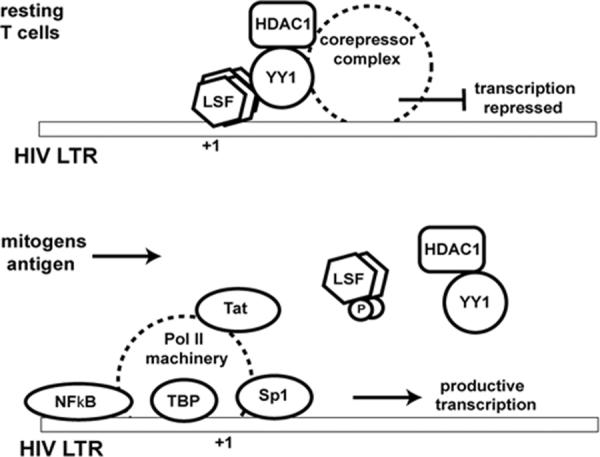Figure 6. LSF represses transcription from the HIV LTR: Model of a role for LSF in viral latency.

In resting T cells, transcription from the HIV LTR may be repressed by a complex including LSF, YY1 and histone deacetylase 1 (HDAC1). Upon stimulation of T cells by mitogens or by a specific antigen, the LSF-containing complex would be released, permitting assembly of the activating transcription factors, including Sp1, NF-κB, TATA-binding protein (TBP), and the rest of the RNA pol II machinery. Displacement of the repressive complex may be triggered by phosphorylation of LSF. Upon induction of HIV gene expression, Tat is produced, which further enhances productive transcription of the HIV genome.
